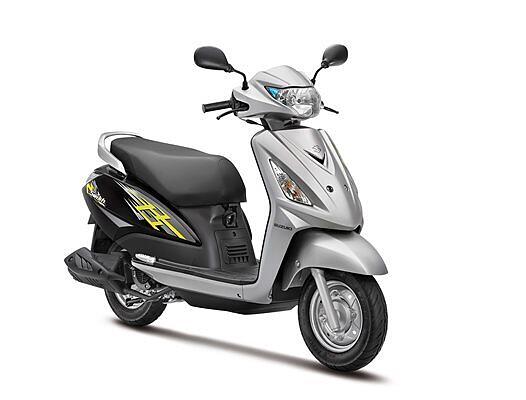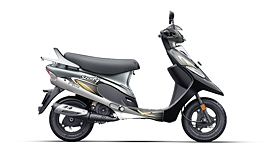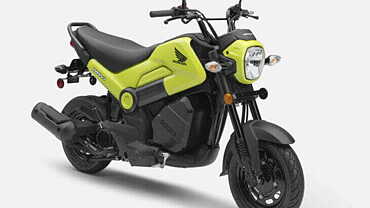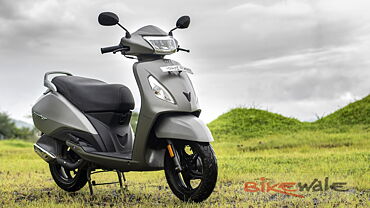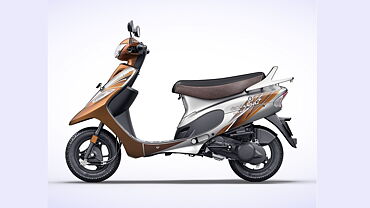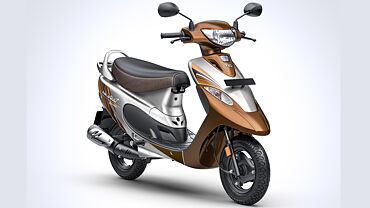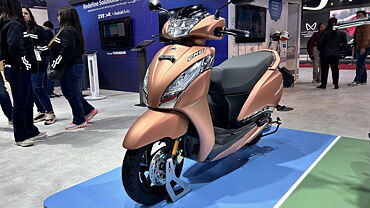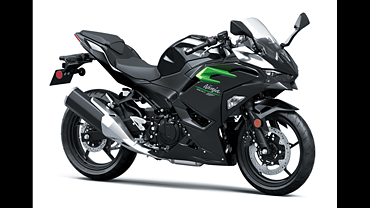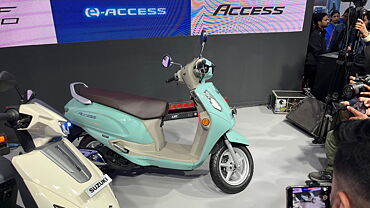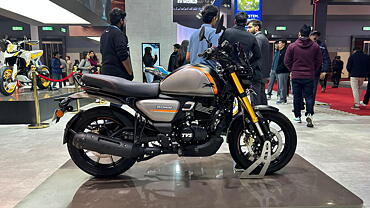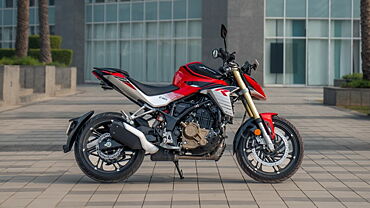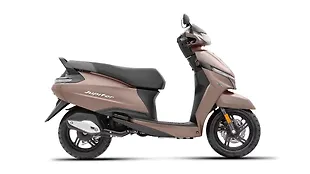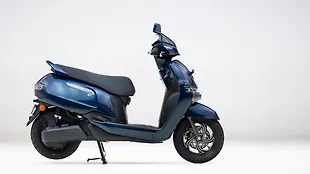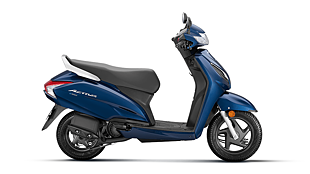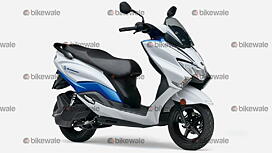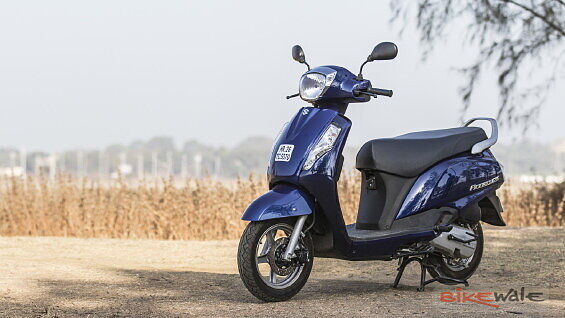
August has been an exceptionally good month for the Indian scooter market. The month usually sees a surge in demand owing to the festive season in Maharashtra and surrounding regions, and this year has been no different. Here is the list of scooters which made the most of the festive season and the ones who failed to capitalise on the opportunity.
Winners:
Suzuki Access 125
With the initial frenzy created by the Gixxer slowly withering away, the Access has now emerged as the new cash cow for Suzuki. Since the launch of the new 2016 model a few months ago, the Access has been setting new benchmarks every month, reaching a new high in August. Suzuki sold 24,904 units of the new and old Access cumulatively, though the former makes up a majority of these numbers. Driven by the surge in demand during festive season, sales went up by a whopping 89.8 per cent over July 2016. Such is the demand for the new Access that Suzuki had to temporarily stop production of the rest of the 125cc scooters in its line-up to ensure that the back orders and waiting period doesn’t spiral out of control.
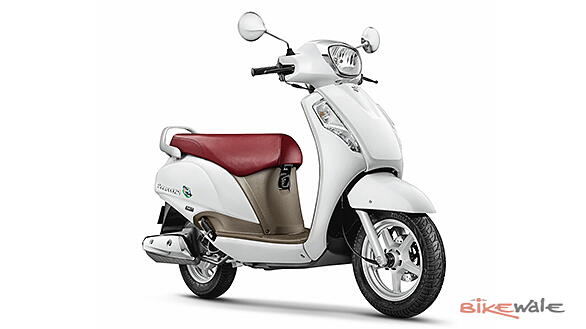
TVS Scooty Pep +
While the TVS Scooty Zest was our winner for July, it is the 110cc scooter’s sibling - the Scooty Pep+ which has made TVS’ presence felt in this list. TVS sold 10,929 units of the Scooty Pep+ in August as against 7,138 units in the month before, translating into a growth of 53.1 per cent. The demand for the Scooty Pep+ seems to have taken off since the launch of the new facelift model which now comes with an Ecothrust engine and a slew of creature comforts targeted to appeal to the youth.
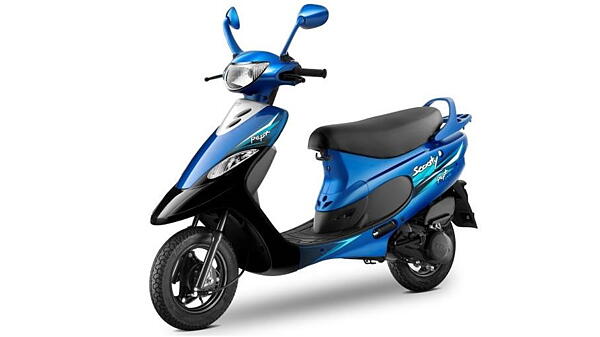
Yamaha Ray
August witnessed the Yamaha Ray shoot past Fascino to become Yamaha’s top-selling scooter brand. The company cumulatively sold 20,782 units of the Ray Z and the Ray ZR in August, 47 per cent more than what they had managed in July. The Ray ZR’s sharp styling seems to have struck the right chord with the youth. With the Fascino continuing to sell consistently and Ray setting new benchmarks, Yamaha is now making its presence felt in the 110cc scooter market space.
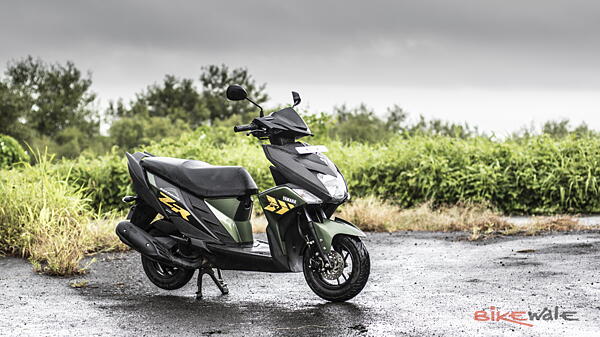
Losers:
Mahindra Gusto
Mahindra’s strategy of marketing the Gusto as an affordable and feature-loaded scooter seems to have failed to catch the attention of the Indian customers. Despite the launch of new colours and a bigger 125cc variant, sales have been dropping steadily over the past few months. Monthly sales reached a new low for this year in August, as the company managed to sell only 2,076 units, 49 per cent less than the sales numbers for July.
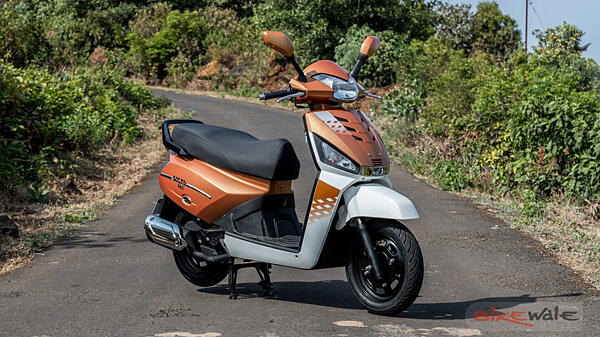
Honda Navi
The Honda Navi made a surprising jump from the winners section in the last month to losers in August. Sales dropped from 11,644 in July to 9,078 units in August equating to a decline of 22 per cent. And though it might seem like a rude shock on paper, noticing the trend over the past few months suggest that the numbers have just stabilised. July’s surge of 143 per cent was a result of Honda attempting to clear the back orders and reduce the waiting period for the 110cc scooter.
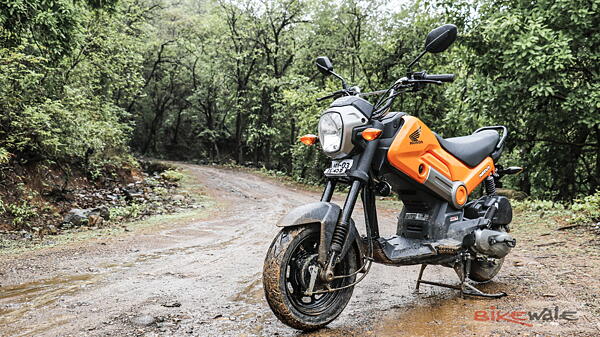
Suzuki Swish
As we mentioned before, Suzuki has been prioritising the production of the new Access in an attempt to cleat the back order for the scooter. Bearing the brunt of this popularity is the Suzuki Swish. Sales of the 125cc scooter fell to nought in the last month. Even so, the sales of the Swish have never been on par with the competition or for that matter its own sibling – the Access. And while Suzuki says that this is just a temporary measure, we do not expect the Swish to return to production lines unless there is healthy demand for the scooter.
